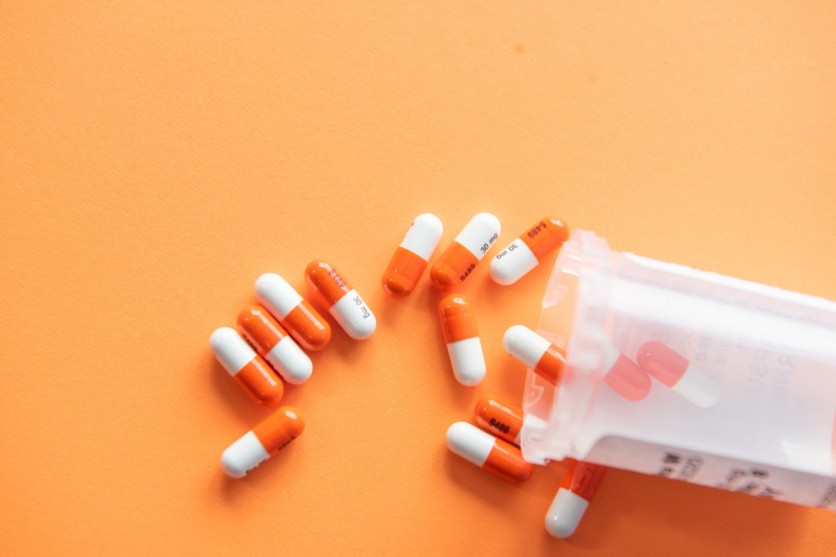The World Health Organization (WHO) has warned that the post-antibiotic era is real and drugs that can combat resistance are getting fewer.
Antibiotic Resistance is a Growing Concern

Treating a bacterial infection with antibiotics is made easier thanks to our access to over-the-counter medication. While some drugs are made to get rid of extreme infection, wrongly using it comes with many consequences in public health.
According to a report by NBC News, Duke Health's infectious disease specialist Dr. Vance Fowler says that antibiotic resistance has been an ongoing issue for decades. This time, WHO has been critical about the tally of certain antibiotics that are currently under development.
Earlier this month, the UN public health agency released preliminary data about antibiotics. The organization has confirmed that right now, 27 new antibiotics are undergoing clinical trials before they are used to treat many kinds of infections.
However, WHO says that only six of the drugs are capable of overcoming antibiotic resistance. Out of these numbers, just two antibiotics can target the most resistant bacteria.
We couldn't say if the new drugs will be as effective as the previous ones since bacteria continue to mutate into a new form. With this being said, WHO needs to formulate a next-gen drug that can treat a myriad of strains.
For instance, WHO says that cefiderocol, a lone antibiotic, was given the green light for public consumption. It's the only antibiotic that was said to be an effective treatment to eliminate pathogens such as Pseudomonas aeruginosa and Acinetobacter baumannii from 2017 to 2021.
Drug-Resistant Bacteria on Surge
The Centers for Disease Control and Prevention concludes that over 2.8 million US residents resist antibiotics yearly.
The worst scenario about the problem is the rise in deaths among patients who develop drug-resistant infections. More than 35,000 people perished because of that, according to the CDC.
An alarming number of patients who suffer from severe stomach pain and diarrhea is rising quicker than before.
Experts are aware that in 2022, bacteria such as Shigella are resisting drugs which means that antibiotics have no use anymore to combat the infection.
Shigella bacteria is only one of many superbugs that healthcare professionals are watching out for. It can spread through copulation. The most common people who get this bacteria are men who have sex with other men.
Related Article : Scientists Develop Respiratory Virus Testing Device to Distinguish COVID-19 From Flu
Antibiotic Development is Costly and Time-Consuming
Developing an antibiotic shouldn't be underestimated. According to PhRMA, the cost of making one can go from $568 million to $700 million. What's more, it can't be finished in just a year since it can take up to two decades for development.
"With a new antibiotic, we say, 'don't use it,' or 'use it sparingly so it lasts longer. It is not an attractive proposition for anyone in the industry," Dr. Venkatasubramanian Ramasubramanian, president of the Clinical Infectious Diseases Society of India said.
Meanwhile, UNEP.org reports that the world should also reduce pollution to decrease the impact of antimicrobial resistance. Superbugs can thrive in the most extreme temperatures and weathers so it's important to be mindful of how to tear down pollution even in gradual levels.





